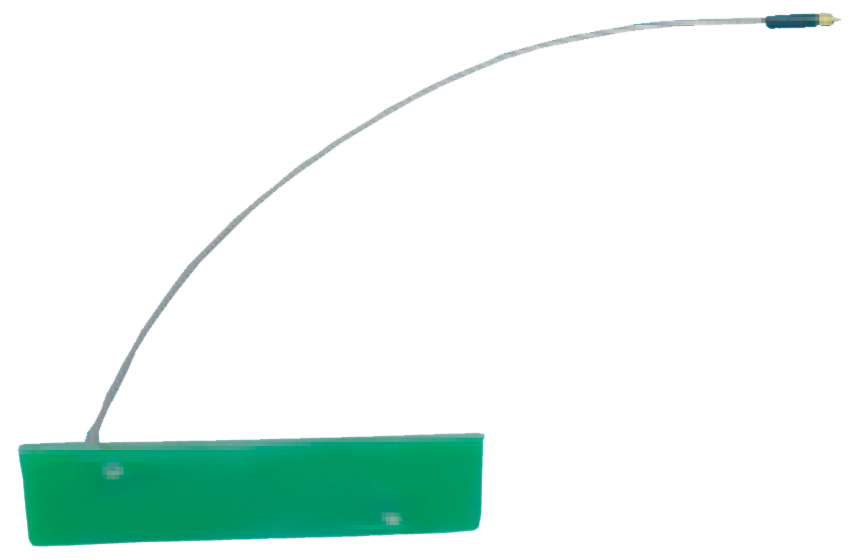In Antenna 101: Types and Applications, we briefly introduced narrowband and wideband antennas, as well as enumerate examples of antennas that fall under either category. In this post, we will be making some general comparisons between narrowband and wideband communications.
Narrowband refers to radio communications whose signal bandwidth is within the coherence band of a frequency channel.
This means that in narrowband communications, bandwidth of the signal does not significantly exceed the coherent bandwidth of the frequency channel. Narrowband antennas are typically used in many applications that heavily depend on achieving reliable links in different operating environments, such as in handheld and manpack military radios, as well as ISR. They are also used for other shorter-range, fixed-location civilian applications, such as radio-frequency identification (RFID) and commercial vehicle remote keyless entry (RKE) devices.
Wideband refers to broadband communications that use a relatively wide range of frequencies.
Wideband radio channels’ operational bandwidth may significantly exceed the coherence bandwidth of the channel. Generally, the bandwidths over which wideband antennas operate are higher than 1 octave, whereas narrowband antennas operate over bandwidths lower than 1 octave. In addition to ISR, wideband antennas are suitable for SIGINT and EW. JEM Engineering produces wideband antennas in a variety of forms, including spirals, log-periodic antennas, dipoles and Vivaldi notch elements.
Here are some key differences between the two…
1. Overall complexity. Narrowband systems are comparatively less complex than wideband systems, which require a more diverse network of circuits and stages.
2. Frequency spectrum. The frequency spectrum of narrowband antennas is divided into as many channels as the frequency allows. In contrast, for wideband antennas, either a significant portion or the entirety of the frequency spectrum is available to its users.
3. Channel-to-channel isolation. For narrowband systems, transmitted energy can be concentrated on a smaller portion of the spectrum. As a result, channel-to-channel isolation is higher for narrowband antennas, compared to wideband antennas.
4. Signal strength. In narrowband systems, signals fade uniformly across frequencies. That being said, adding more frequencies will not strengthen the signal. On the other hand, different parts of wideband signals will be affected by the differing frequencies. In general, the signal weakens as the frequency band widens, making it more difficult to send and detect wideband signals.
5. Signal interference. One of the main benefits of having a smaller signal bandwidth (narrowband) is that the probability of overlap with interfering signals is relatively lower. The larger the bandwidth (wideband), the higher the probability of interference. This means that wideband communications require more filters in order to achieve a higher signal-to-interference-plus-noise ratio (SINR). A class of signal processing, a filter is a device or process that removes some unwanted “noise” from a signal.
6. Operating power. Narrowband channels have lower operating power requirements, making them preferable for applications that require transmission of limited information over relatively short distances. The tradeoff for wideband channels being able to carry more information over further distances is that they require significantly higher operating power. Also, a wideband channel’s higher operating power helps overcome the higher levels of signal interference previously mentioned.
7. Data rate. Narrowband systems typically have lower data rate transmissions, whereas wideband systems support relatively higher data rate transmissions. To put simply, wideband systems allow for faster communication.
In summation, narrowband and wideband antennas are suitable for different applications due to their strengths and weaknesses. Our antenna engineers at JEM Engineering specialize in developing the optimum solution for your intended application.
Latest Posts

Part II: Signal Monitoring Techniques
Signal monitoring techniques are methods used to observe, analyze, and interpret various types of signals, such as electronic, electromagnetic, or digital signals.

Part I: Introduction to Signal Monitoring
In this issue, we will deepen our understanding of one of the fundamental components of SIGINT: signal monitoring.

Blade Antennas & Their Advantages
In a previous post, we introduced blade antennas in relation to flight qualified antennas. In this post, we elaborate on what blade antennas are, as well as their advantages.


